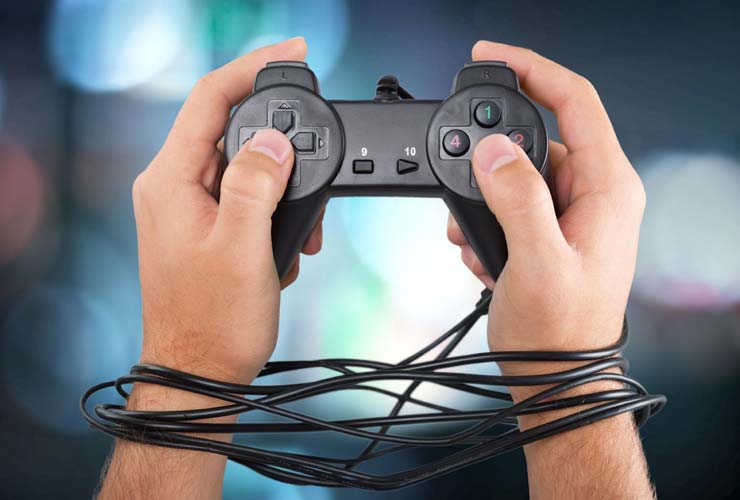
Sudden behaviour changes, insomnia, withdrawal from social contacts, academic failure, and extreme anger and irritability have been visible in teenagers.
The amount of time spent playing online games is seen to have positive correlation with depressive symptoms. The World Health Organisation (WHO) has classified gaming disorder as a mental health condition.
Should all people who engage in gaming be concerned about developing gaming disorder?
Studies suggest that gaming disorder affects only a small proportion of people who engage in digital- or video-gaming activities. However, people who partake in gaming should be alert to the amount of time they spend on gaming activities, particularly when it is to the exclusion of other daily activities, as well as to any changes in their physical or psychological health and social functioning that could be attributed to their pattern of gaming behaviour.
The DSM-5 notes that gaming must cause “significant impairment or distress” in several aspects of a person’s life.
Symptoms of internet gaming disorder
- Preoccupation with gaming
- Withdrawal symptoms when gaming is taken away or not possible (sadness, anxiety, irritability)
- Tolerance, the need to spend more time gaming to satisfy the urge
- Inability to reduce playing, unsuccessful attempts to quit gaming
- Giving up other activities, loss of interest in previously enjoyed activities due to gaming
- Continuing to game despite problems
- Deceiving family members or others about the amount of time spent on gaming
- The use of gaming to relieve negative moods, such as guilt or hopelessness
- Risk, having jeopardized or lost a job or relationship due to gaming
Solutions
Cognitive behavioural therapy is a type of therapy designed to help people understand and change unhealthy ways of thinking and behaving, according the American Psychological Association.
Cognitive behavioural therapy focuses on changing the automatic negative thoughts that can contribute to and worsen emotional difficulties, depression, and anxiety. These spontaneous negative thoughts have a detrimental influence on mood.
Through CBT, these thoughts are identified, challenged, and replaced with more objective, realistic thoughts.
CBT for Gaming Disorders could be done in three phases
- The first phase focuses on education and setting therapy goals.
- The second phase introduces therapeutic interventions to work on functional internet use.
- The final phase builds on the other two to ensure remission (abstinence from the problem behaviour) and includes relapse prevention techniques.
Parents and caregivers should also communicate with their wards and help them engage with offline activities. “Recognizing the signs of addiction, psychological distress or behavioural changes in their children, parents should motivate the users to seek help or meet a doctor to know behavioural methods to manage risky situations

